To succeed in the digital era and rank high on the search engine results page, you must know the complete SEO checklist for 2024. If you want to boost your website’s visibility, do not worry; we’ve got you covered! Our SEO Checklist 2024 is your go-to guide for success in the digital world. This blog covers everything that you need to know about scaling your SEO game in 2024. Let’s get started!
Your SEO Checklist for 2024 includes:
Basic SEO Setup
Understanding and setting up SEO fundamentals is the first step toward online visibility. There are some basic SEO tools that you must add to your Checklist. You can start your SEO setup with the following effective tools:
- Google Search Console: This is one the best tools to set your SEO journey on track. This tool helps you understand the necessary keywords that bring the most traffic, submit a sitemap, fix website errors, observe your page’s experience scores, and more!
- Bing Webmaster: Setting up a Bing webmaster account to help you with your basic SEO setup. This tool features similar to the Google search console, providing valuable data for improving your site’s visibility on Bing search.
- Google Analytics: Google Analytics is one of the most used and recommended tools for SEO checklists. It helps you know how people find your page and how they use it. This tool is known for providing a clear idea of website traffic and the keywords that bring more traffic to the page. It also helps you observe if your traffic is increasing or the amount of traffic, and it enables you to find other sites that generate more attention and views, reduce bounce rate, etc.
Keyword Research
Keyword research is the backbone of any successful SEO strategy. Understanding and using what terms your target audience is searching for helps you create content that meets their needs specifically and helps your page rank higher on the search engine. For this, you can try:
- Google Suggest for finding long-tail keywords and variations.
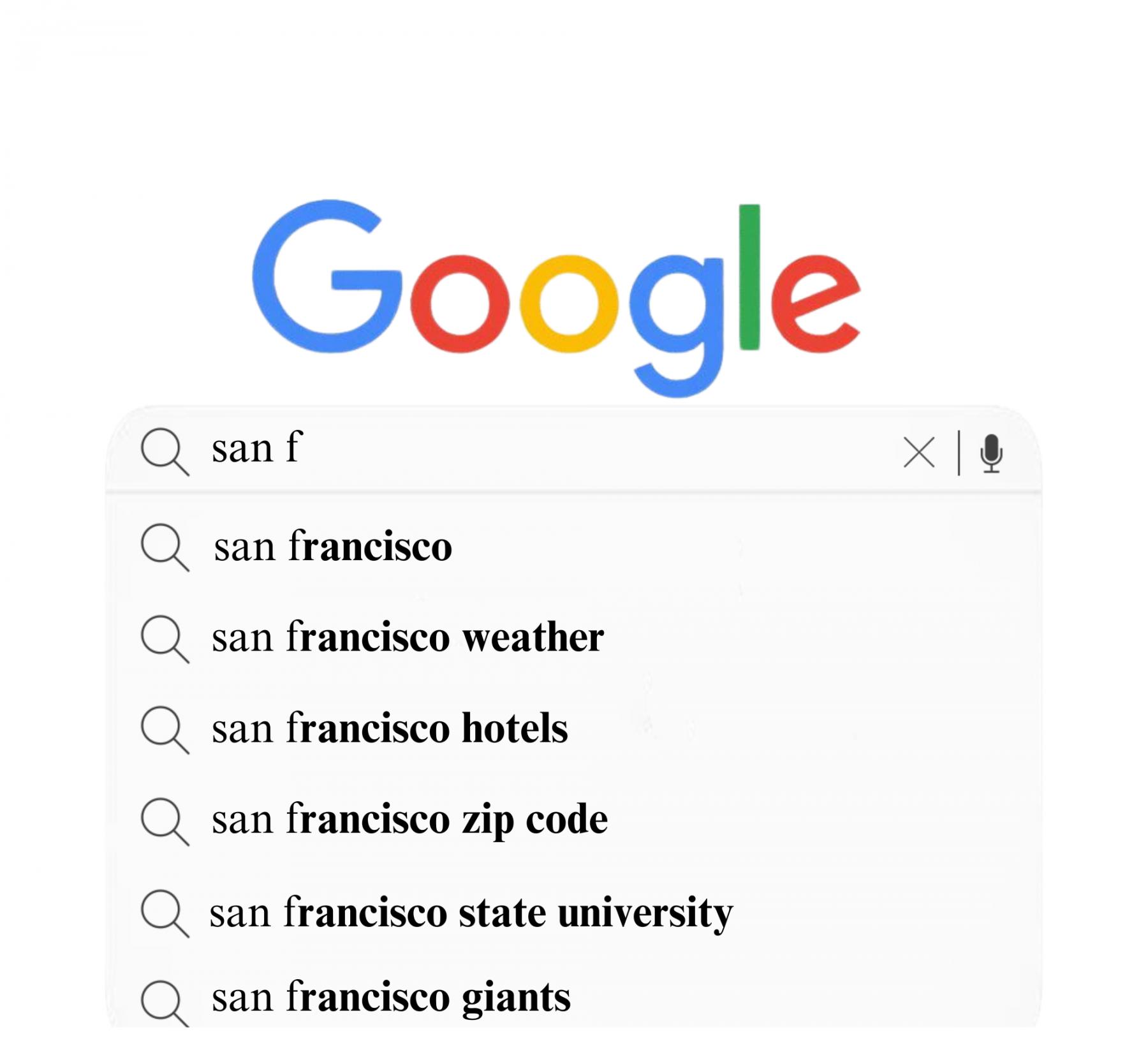
- Use Google Keyword Planner for detailed insights about the search volume, competition, and potential keyword ideas.
- KW Finder provides features such as keyword analysis and SERP analysis, helping you identify low-competition keywords with high search volume.
- Use question keywords starting with “how to,” “Why you should,” etc. in your titles that directly address the user’s interest.
On-Page SEO
On-page SEO refers to optimizing your website directly to improve search engine rankings. Here are a few things to keep in mind to do this effectively:
- Place your main keyword in your URL, as it enhances organic click-through rates.
- Keep URLs short and relevant as they rank better through search engines compared to long URLs.
- Place your main keyword in your title tag to convey relevance to the user’s interest and the search engine.
- Mention your keyword within the first 150 words of your content, as Google pays attention to this part of the content.
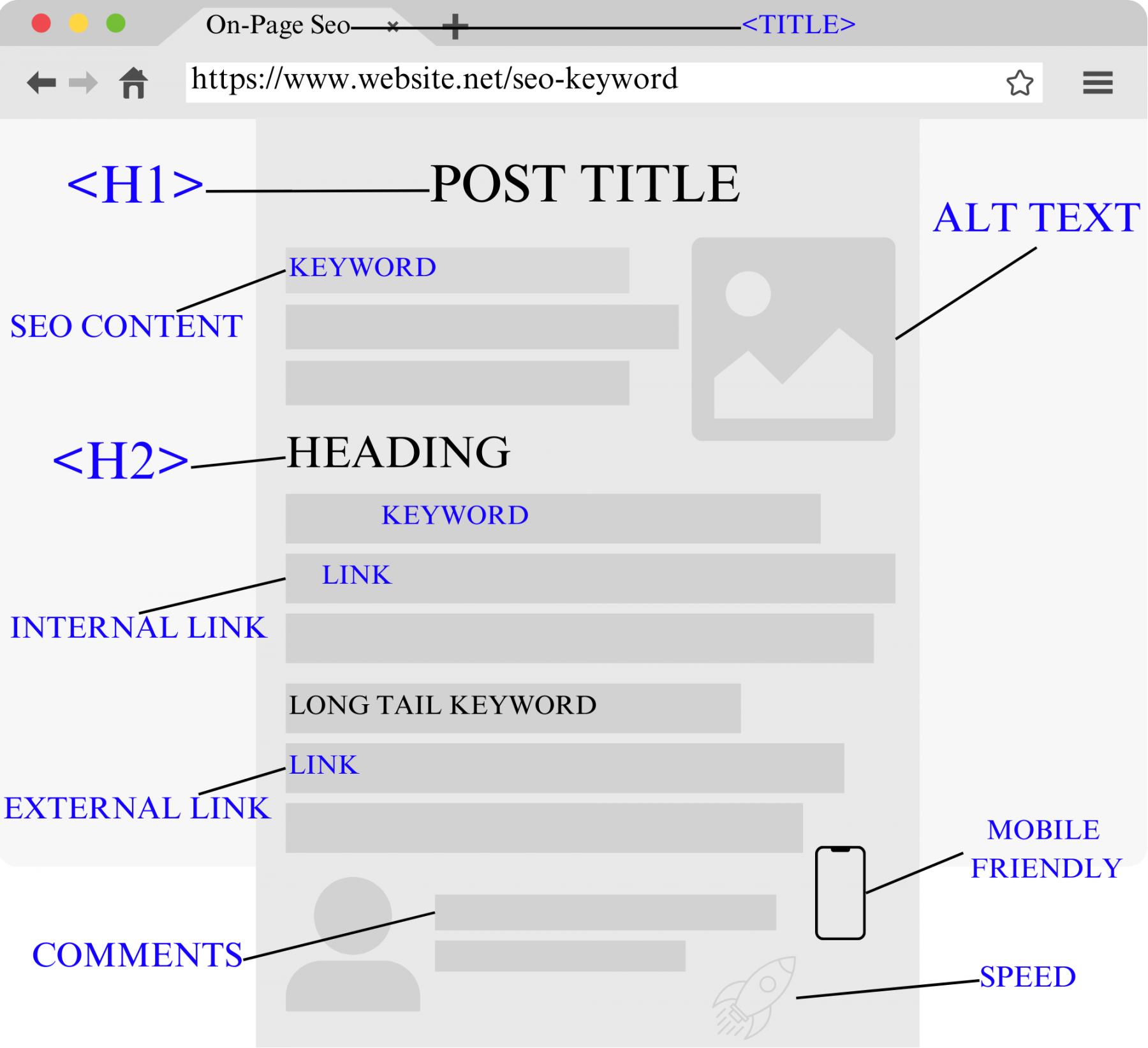
Technical SEO
As complex as the term “Technical SEO” might sound, it’s quite simple. However, Technical SEO is another highly important aspect of SEO. You need to ensure the following things to work on the technical SEO for your page:
- Fix Crawl Errors: Crawl errors refer to errors where Google cannot identify or check your page, affecting your search rankings. Regularly identify “crawl errors” and promptly fix them using tools like Google Search Console.
- Use Keywords in Subheadings: Writing proper keywords in your content’s heading and subheadings helps search engines understand the structure and context.
- Use LSI Keywords: Use synonyms and latent semantic indexing (LSI) keywords naturally in your content, as Google recommended relevance, not keyword stuffing.
- External Linking: Use external links from trusted sources to validate your content’s credibility and trustworthiness to viewers as well as Google.
- Internal Linking: In your content, you should also include the linking to your other pages. This linking between pages on your website helps visitors and search engines discover more of your content.
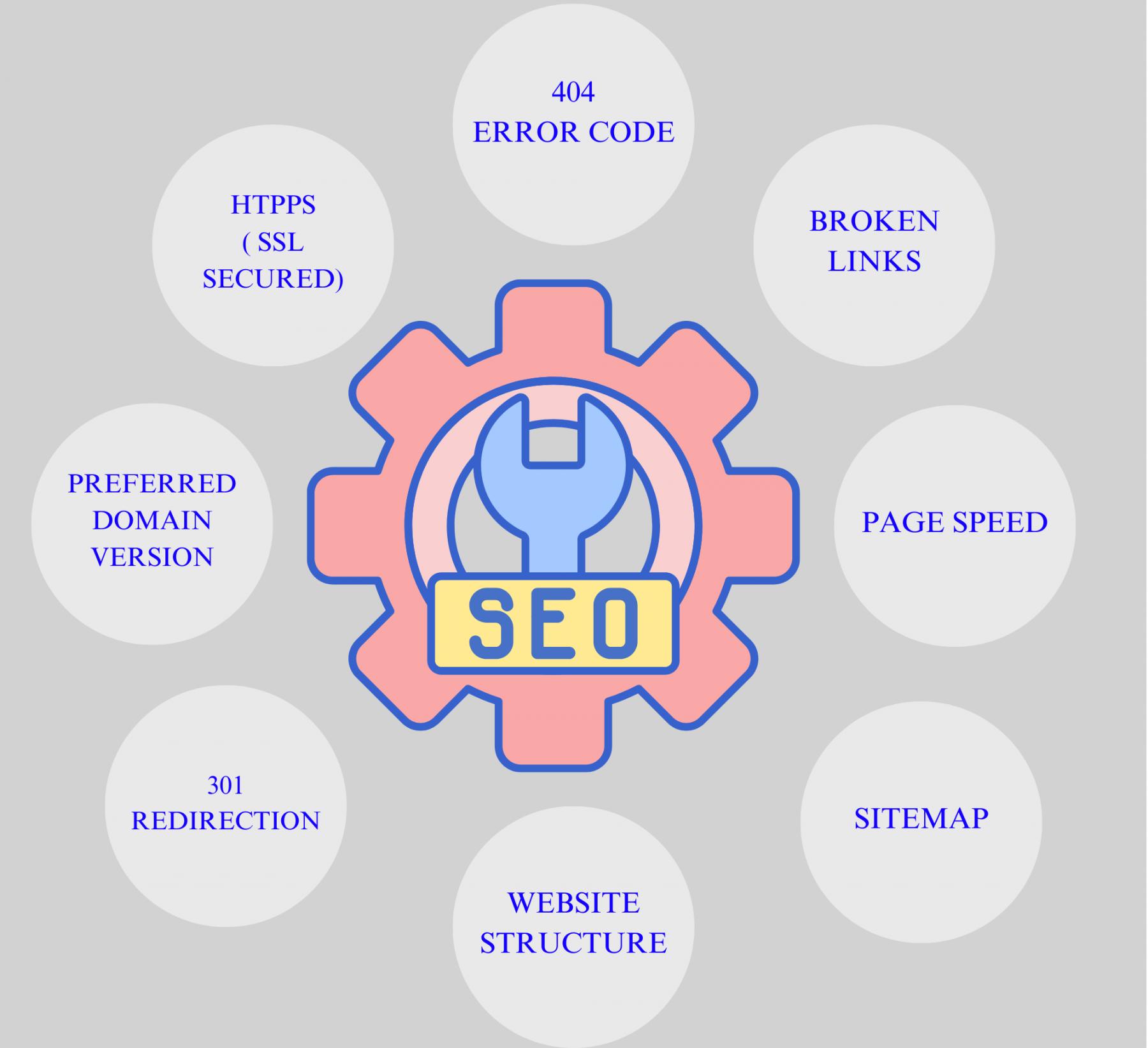
Content Strategy
You must have often heard that “Content is king.” When it comes to SEO, it’s certainly true. Creating high-quality and engaging content will attract new visitors and keep them hooked and returning for more. Here’s how you can ensure your content strategy hits the right chord:
- Break Your Content into Subheadings: Break down your content into small subheadings or sub-topics. It makes the content more readable and avoids boring walls of text that look like long essays.
- Cover Your Topic in Depth: Google prefers clarity and in-depth answers, so it’s recommended that you always cover your topic in depth. This will help you to rank higher and reach more audiences.
- Focus on Popular Content Formats: Keep an eye on content formats currently preferred by your target audience.
- Link Building: Link Building is like building the bridges that connect your site to the rest of the internet. When it comes to boosting your site’s online visibility, acquiring backlinks from reputable sources is key.
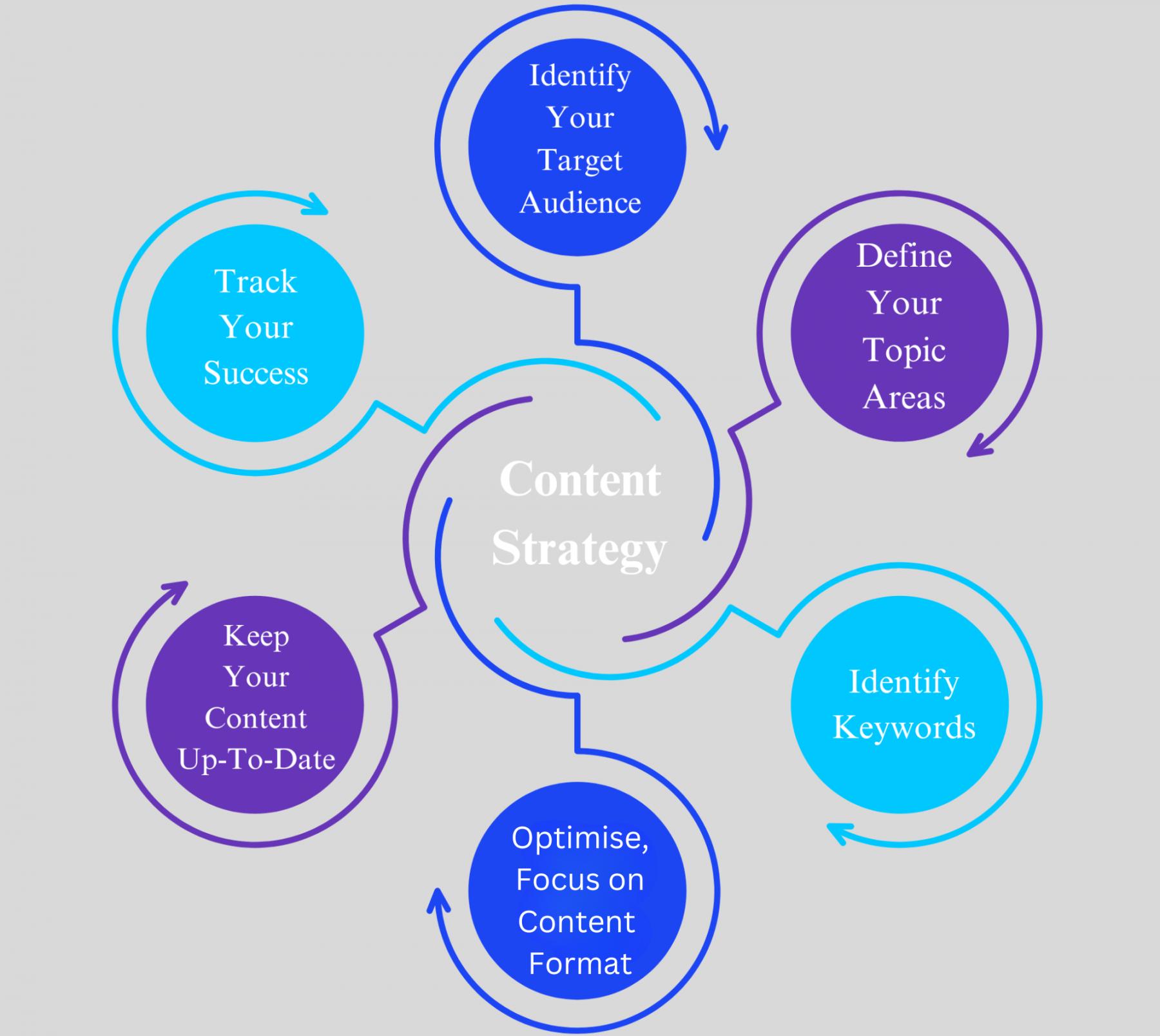
Local SEO
Local SEO helps businesses to be more visible on local search result pages and attract an audience. You can enhance your business’s online presence with these given steps:
- Set up Your Business Profile: Optimize your profile as per the local searches
- Claim Yelp listing: Attract local customers by optimizing your business listing on Yelp
- Join Yellow Pages: Increase visibility by listing your business in directories
- Website Optimization: Use local keywords in your content and meta tags to rank higher in local searches
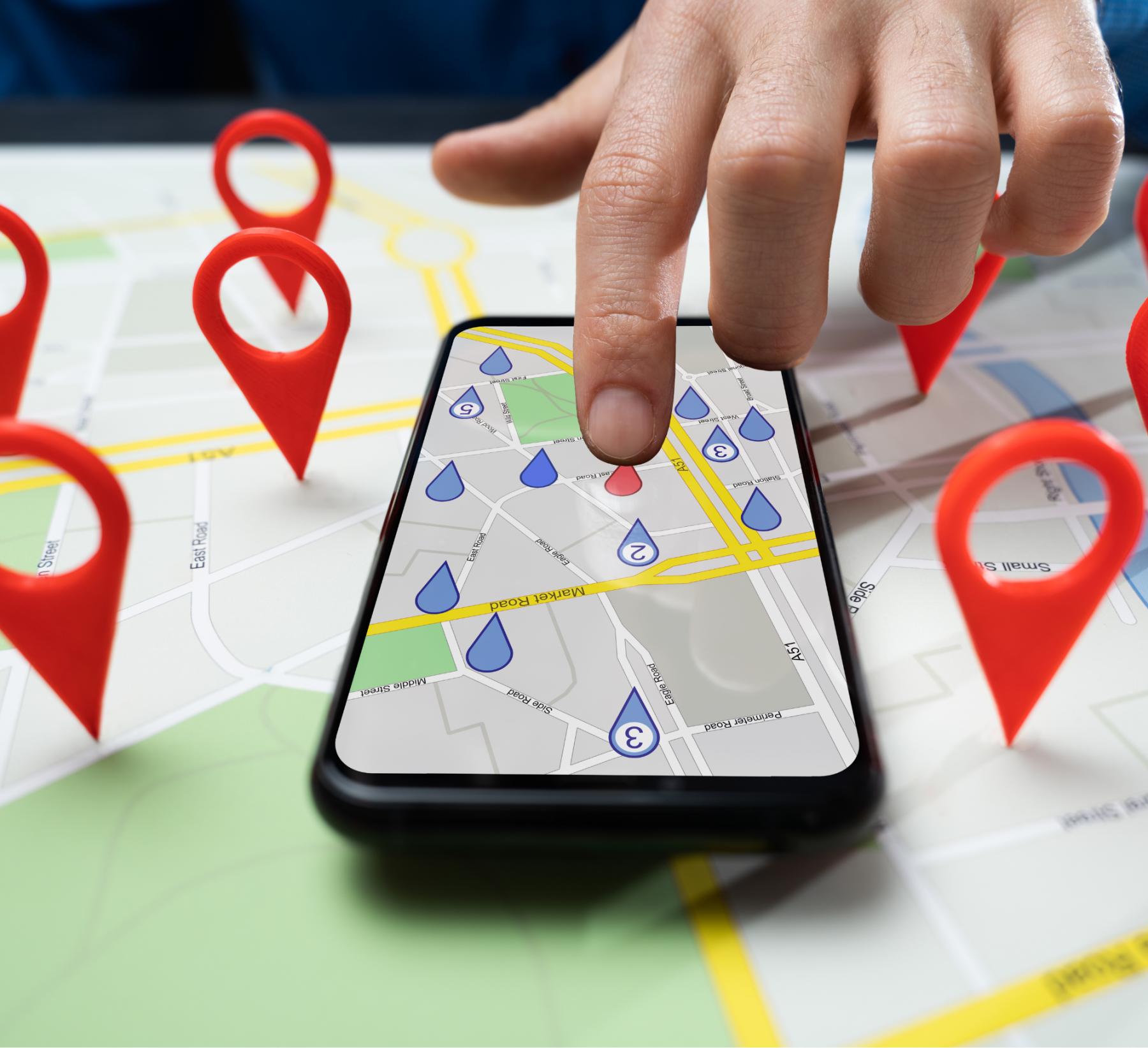
Social Media
Social media isn’t just about posting pictures- it’s a powerful tool for engaging with your audience. Small businesses can grow their business by using social media. Here’s how to leverage social media for SEO:
- Identify Active Platforms: Decide which social media platforms your target audience uses the most. After that, focus on your frequent efforts there.
- Research Competitors: Analyze your competitors’ social media strategies to identify what’s working and find opportunities to outdo them with your content.
Ongoing SEO
Ongoing SEO continuously updates and refines your website to stay visible in search results. Researching and then adapting ongoing strategies to changes for sustained organic traffic.
- Update content regularly
- Monitor performance metrics
- Stay informed about algorithm changes
- Optimize for mobile and speed
In conclusion, Mastering these nine points of SEO in 2024 is your roadmap to digital success! If you are searching for an SEO marketing agency, the Ubiz Digital team is your stop!








